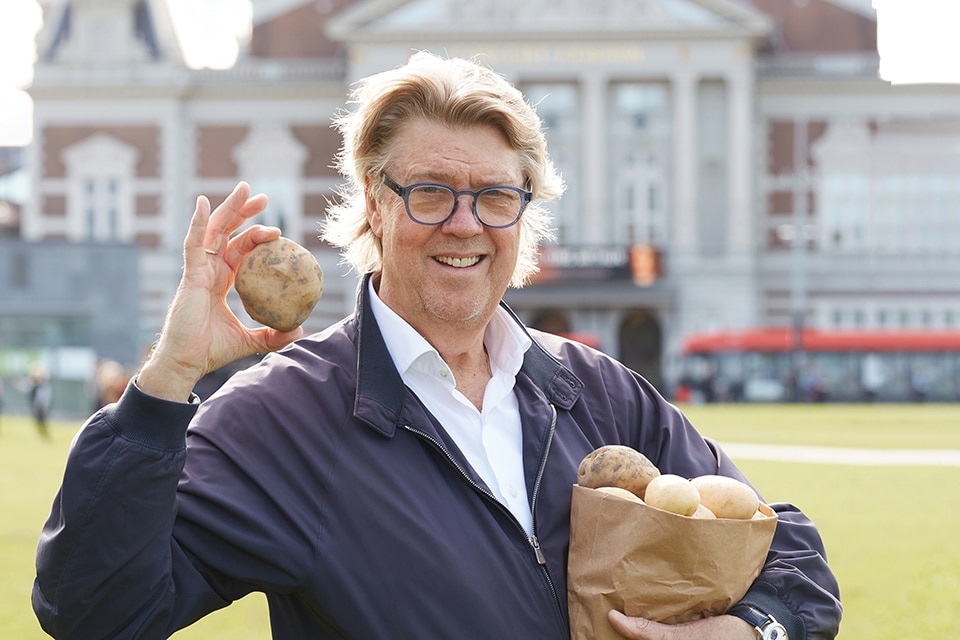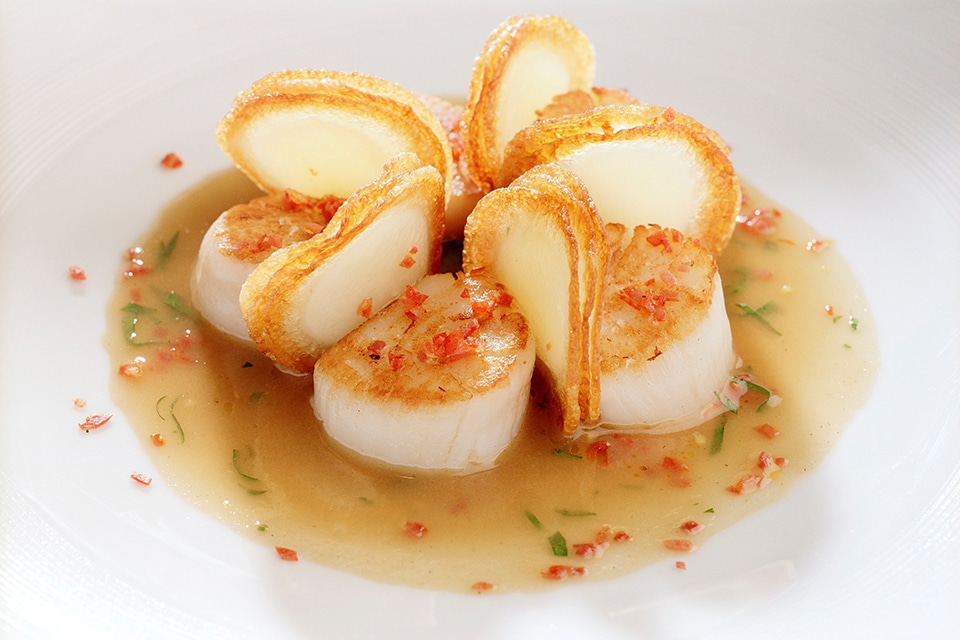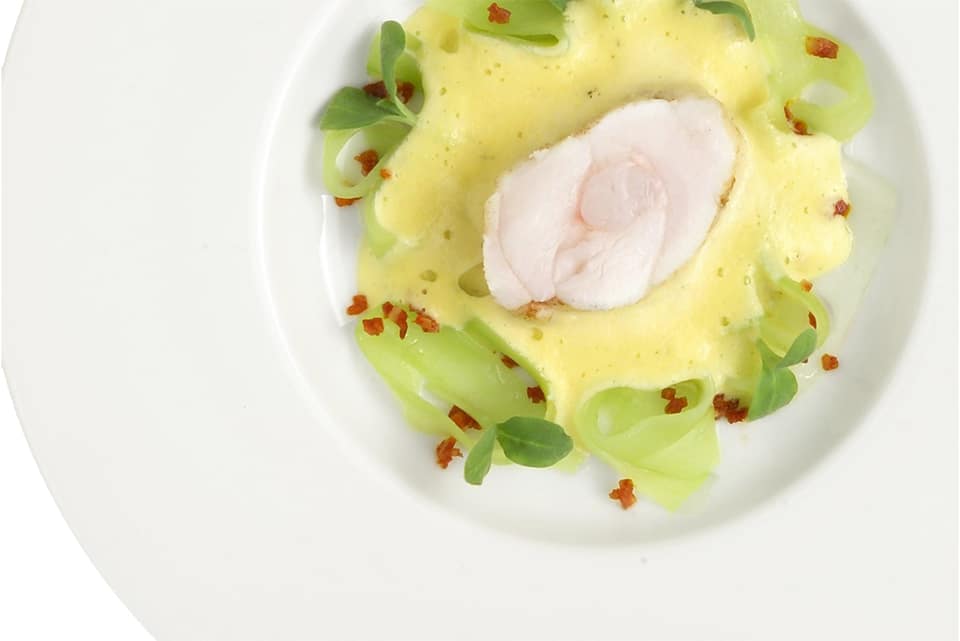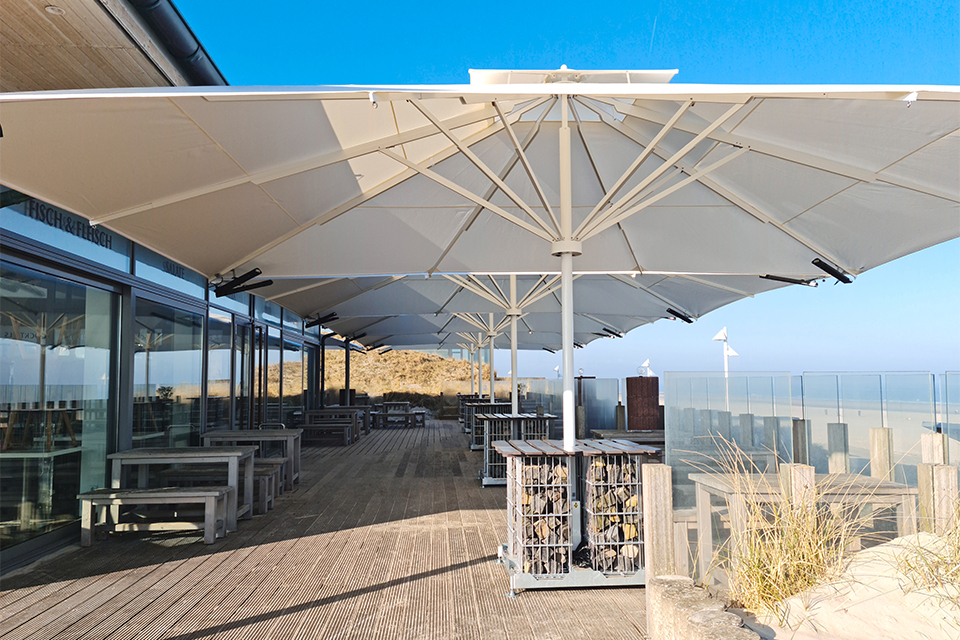
Robert Kranenborg stands for growth in quality and its own DNA
Turning chefs into true product chefs
As a highly experienced chef, Robert Kranenborg spent countless hours in hotel-restaurants at home and abroad. Since 2008, he has been using his knowledge and experience as a hotel-restaurant consultant. "I find it very important to be able to share my knowledge, I now know all the ins and outs and can spar with chefs and give them advice."
Kranenborg was first introduced to the profession through his parents. "My father worked in the kitchen and my mother in the service of our Hotel-Restaurant, this was combined with seven hotel rooms. When I started working in a theatre restaurant myself, I was introduced to several chefs trained abroad, this really appealed to me. I resolved to pursue the best training."

He put his money where his mouth was and learned the trade in practice for 12 years, mainly in France, at three-star restaurant L'Oustau de Baumanière in Provence, Le Grand Véfour and Peniche Ile de France in Paris. "From each chef, I took a piece with me in my own style. I also worked as a chef in Brussels for another nine years." Through a headhunter, he ended up at the Amstel Hotel in the early 1990s. It had just been completely rebuilt at the time. "So I actually started in a whole new version of the hotel, aiming to bring the kitchen up to the same level as the luxury rooms. This is something we worked on with all our might." With success, as Kranenborg achieved two Michelin stars here.
Gastronomy that suits the hotel
"Working in a hotel offers a (chef) cook more security. After all, you already have part of the clientele. That creates more space and opportunities. At the same time, you are working in a big company, where many things are involved and you are responsible for the whole. That is intensive, but also very instructive." According to Kranenborg, it is important that the style of the kitchen matches the hotel. "If a guest chooses a picturesque hotel or 5-star hotel, he expects corresponding gastronomy. Do you want a relaxed and simple country atmosphere, or an unforgettable weekend with everything you don't have at home?"

When he quit as executive chef at the age of 57, Kranenborg was keen to start sharing his expertise with companies that need and are suited to it. "Abroad, I learned that the best restaurants invite external gastronomes to taste new dishes. Because the brigade in the kitchen is quick to satisfy when the chef asks, this has a lot of added value."
Not afraid of change and willing to invest
Kranenborg's coaching process always starts with a conversation with the hotelier and his chef. "Here, complete transparency and openness are important. We then discuss together what they want to achieve. Of course, this requires courage. You must not be afraid of change and want to invest." Improving the restaurant takes time, which is why a trajectory takes a maximum of two years. "This gives room to really achieve something in terms of improving quality and turnover." According to Kranenborg, in any case, the kitchen has to match the hotel and the location. "Because you can't just serve game in a seaside hotel, so I focus on the hotel's location and its chef. Growth is the goal, but it should not grow over his or her head."
Kranenborg visits a restaurant up to twice a month. In the first sessions, he tastes all the dishes on the menu. Each time, a comprehensive report follows, with opportunities for improvement. "Because of my years of experience, I can spot problems in the kitchen through good tasting and watching. After all, the guest's experience is central, a story has to be told on a plate. Furthermore, consistency is very important, the dish has to make sense." It often happens that a chef cooks beyond his power, or serves overly complex dishes. "If you put six different ingredients in a small dish, sometimes you don't recognise a product in this anymore."
Thinking from vegetables
Cooking with the seasons and the quality of pure ingredients are paramount for Kranenborg. "Think from vegetables, and get the power out of each product. Cooking a carrot can be done in water, but it is already much more flavourful when prepared in its own juice. Most of the work is to turn chefs into true product chefs, who know where to get the best vegetables, the best fish and the best meat. Here, fish and meat are secondary to well-prepared vegetables."
Finally, Kranenborg has a message for young chefs. "Sometimes chefs have no regard for young people in their brigade, so I always advise them to think a bit self-centred. Are you still learning something new every day? Or are you just a production assistant? Above all, go to a restaurant where you are challenged and where they make a lot themselves, but also show initiative yourself by indicating what interests you most in the kitchen. A good chef sees that!"



